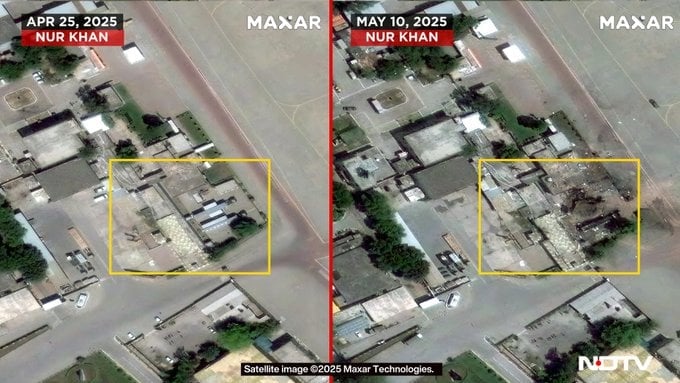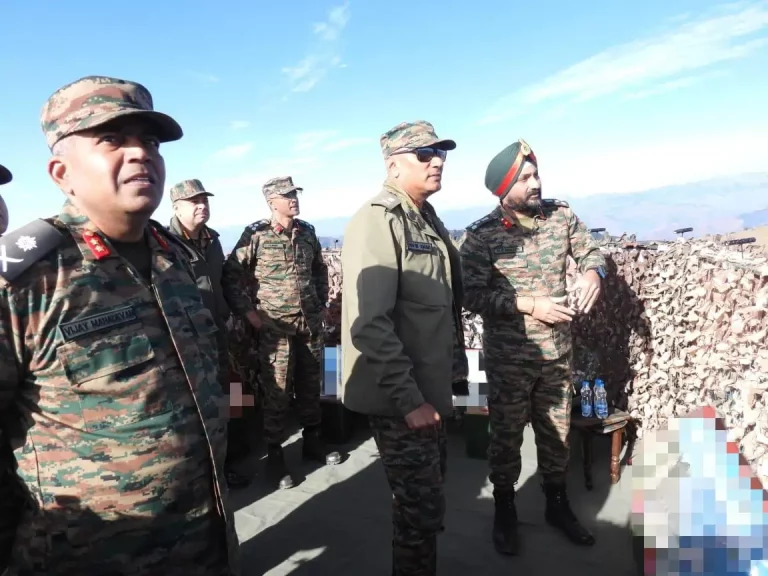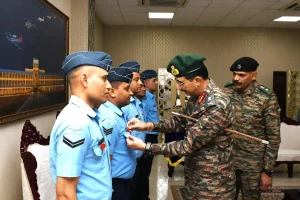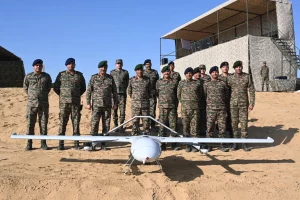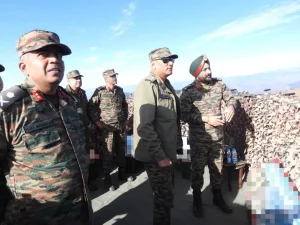In a pivotal escalation during the May 2025 conflict between India and Pakistan, the Indian Air Force (IAF) executed a successful airstrike that resulted in the destruction of two of the Pakistan Air Force’s (PAF) advanced AI-enabled command platforms. These platforms were part of the Next Generation Mobile Mission Control Centres (NG-MMCC) initiative, stationed at the Nur Khan Airbase in Rawalpindi.
The NG-MMCC systems were developed by the Centre of Artificial Intelligence and Computing (CENTAIC), a specialized division of the PAF dedicated to incorporating cutting-edge technologies such as artificial intelligence, machine learning, sensor fusion, and big data into its military operations. CENTAIC, in collaboration with Turkish defense firms, had designed the NG-MMCC project to offer the PAF mobile, AI-driven backup command-and-control units capable of operating independently, especially in scenarios where static command centers might be targeted.
These advanced mobile platforms were equipped with a variety of critical features including AI-powered decision support tools, secure plug-and-play networking, encrypted voice communications, and cyber defense capabilities. The core objective was to ensure continuity of air defense and battle management operations, even if primary command centers were compromised.
However, the situation took a drastic turn during Operation Sindoor—an aerial offensive spearheaded by the IAF in retaliation for the Pahalgam terror attack. Satellite imagery and independent defense assessments have corroborated that two NG-MMCC trucks, along with a supporting operations complex, were directly struck during an air raid targeting the Nur Khan airbase. The area affected was subsequently cleared by Pakistani authorities, indicating extensive and potentially irreversible damage to the internal systems of the command platforms.
The annihilation of these mobile command centers has eliminated a significant layer of operational redundancy within the PAF’s command infrastructure. With the NG-MMCCs neutralized, the PAF now finds itself reliant solely on its fixed command facilities, considerably heightening its vulnerability in future conflict scenarios.
Analysis from Indian defense experts interprets this strike as a calculated message demonstrating India’s capability to locate and engage even concealed and mobile military assets. It also reveals vulnerabilities in Pakistan’s AI-integrated defense strategy, indicating that additional operations could cripple the country’s remaining command structures and severely impede its air defense responses.
For CENTAIC, the loss of the NG-MMCC systems represents a significant setback. Years of innovation, strategic development, and international cooperation have been dismantled in mere minutes. Once regarded as a cutting-edge AI-enabled solution for battlefield command, these platforms are now viewed as vulnerable assets in the unforgiving landscape of precision warfare.
The IAF’s successful targeting of the Nur Khan Airbase not only alters the tactical dynamics of the ongoing conflict but also emphasizes the shifting paradigms of modern warfare. In this evolving battlefield, mobility and advanced technology alone cannot secure survival against superior intelligence and precision-strike capabilities.
